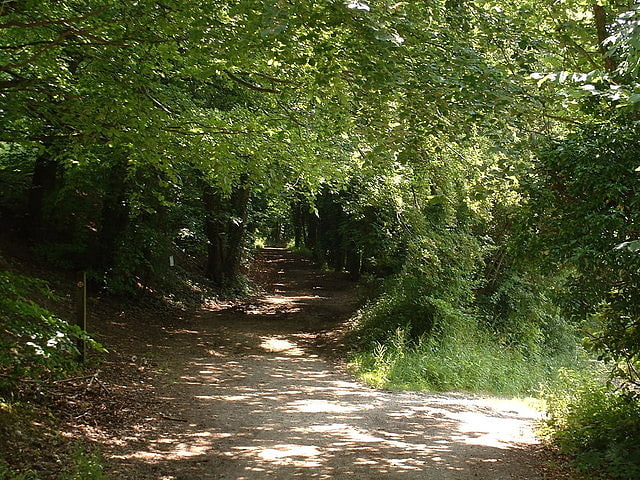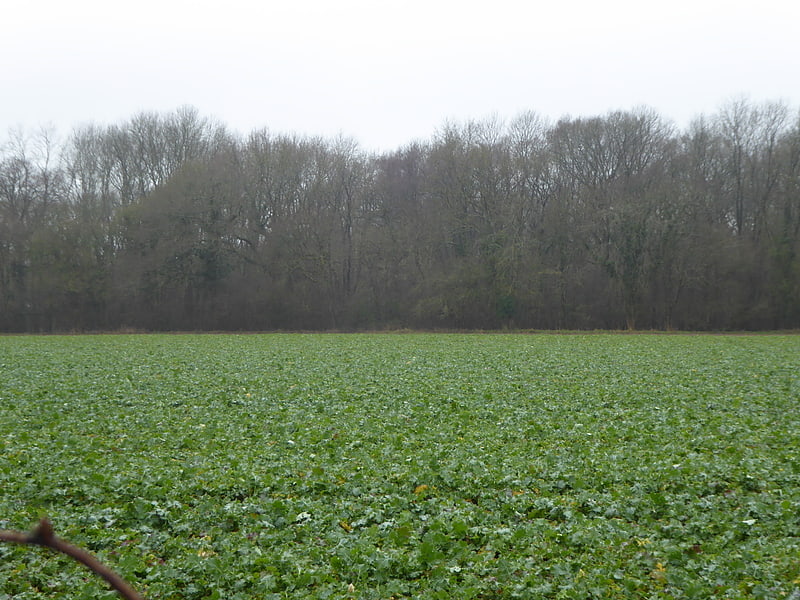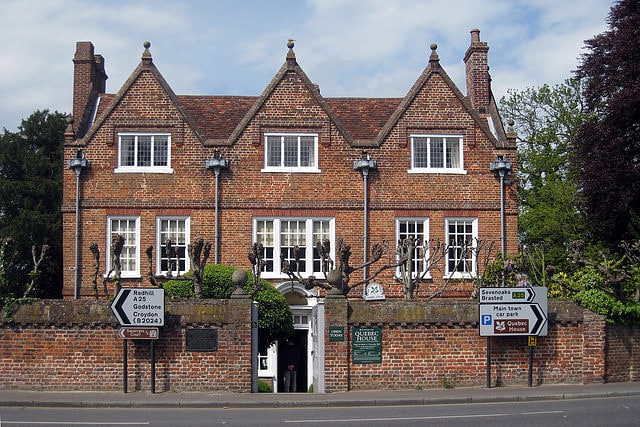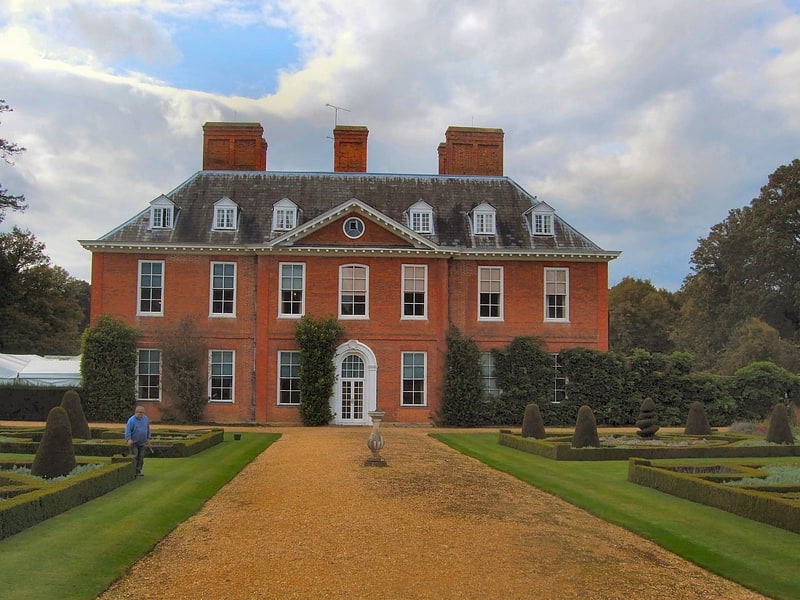Discover 5 hidden attractions, cool sights, and unusual things to do in Westerham (United Kingdom). Don't miss out on these must-see attractions: Chartwell, Pilgrims' Way, and Westerham Wood. Also, be sure to include Quebec House in your itinerary.
Below, you can find the list of the most amazing places you should visit in Westerham (England).
Table of Contents
Chartwell

Sir Winston Churchill's longtime home. Chartwell is a country house near Westerham, Kent, in South East England. For over forty years it was the home of Winston Churchill. He bought the property in September 1922 and lived there until shortly before his death in January 1965. In the 1930s, when Churchill was out of political office, Chartwell became the centre of his world. At his dining table, he gathered those who could assist his campaign against German re-armament and the British government's response of appeasement; in his study, he composed speeches and wrote books; in his garden, he built walls, constructed lakes and painted. During the Second World War, Chartwell was largely unused, the Churchills returning after he lost the 1945 election. In 1953, when again prime minister, the house became Churchill's refuge when he suffered a debilitating stroke. In October 1964, he left for the last time, dying at his London home, 28 Hyde Park Gate, on 24 January 1965.
The origins of the estate reach back to the 14th century; in 1382, the property then called Well-street was owned by William-at-Well. It passed through various owners and in 1836 was auctioned, as a substantial brick-built manor. In 1848, it was purchased by John Campbell Colquhoun, whose grandson sold it to Churchill. The Campbell Colquhouns greatly enlarged the house and the advertisement for its sale at the time of Churchill's purchase described it as an imposing mansion. Between 1922 and 1924, it was rebuilt and extended by the society architect Philip Tilden. From the garden front, the house has extensive views over the Weald of Kent, "the most beautiful and charming" Churchill had ever seen, and the determining factor in his decision to buy the house.
In 1946, when financial constraints forced Churchill to consider selling Chartwell, it was acquired by the National Trust with funds raised by a consortium of Churchill's friends led by Lord Camrose, on condition that the Churchills retained a life-tenancy. After Churchill's death, Lady Churchill surrendered her rights to the house and it was opened to the public by the Trust in 1966. A Grade I listed building, for its historical significance rather than its architectural merit, Chartwell has become among the Trust's most popular properties; 232,000 people visited the house in 2016, the fiftieth anniversary of its opening.[1]
Address: Chartwell Mapleton Road, TN16 1PS Westerham
Pilgrims' Way

The Pilgrims' Way is the historical route supposedly taken by pilgrims from Winchester in Hampshire, England, to the shrine of Thomas Becket at Canterbury in Kent. This name, of comparatively recent coinage, is applied to a pre-existing ancient trackway dated by archaeological finds to 600–450 BC, but probably in existence since the Stone Age. The prehistoric route followed the "natural causeway" east to west on the southern slopes of the North Downs.
The course was dictated by the natural geography: it took advantage of the contours, avoided the sticky clay of the land below but also the thinner, overlying "clay with flints" of the summits. In places a coexisting ridgeway and terrace way can be identified; the route followed would have varied with the season, but it would not drop below the upper line of cultivation. The trackway ran the entire length of the North Downs, leading to and from Folkestone: the pilgrims would have had to turn away from it, north along the valley of the Great Stour near Chilham, to reach Canterbury.[2]
Westerham Wood

Westerham Wood is a 43.2 hectares biological Site of Special Scientific Interest north of Westerham in Kent.
This ancient oak wood on Gault Clay is traditionally managed, and it has a diverse ground flora and an outstanding range of breeding birds. The insect fauna is also diverse, and 77 bryophyte and nearly 300 fungus species have been recorded.
The site is private land with no public access.[3]
Quebec House

Quebec House is the birthplace of General James Wolfe on what is now known as Quebec Square in Westerham, Kent, England. The house is listed Grade I on the National Heritage List for England since September 1954.
The house dates from the mid 16th century but much of the current appearance is from the 1630s. It was originally called Spiers but renamed in honour of Wolfe's death and victory at the Battle of Quebec in 1759. The house is now owned by the National Trust and open to the public with paintings and memorabilia relating to Wolfe's life.[4]
Address: Quebec House Quebec Square, TN16 1TD Westerham
Squerryes Court

Squerryes Court is a late 17th-century manor house that stands just outside the town of Westerham in Kent. The house, which has been held by the same family for over 280 years, is surrounded by extensive gardens and parkland and is a grade I listed building.[5]